About
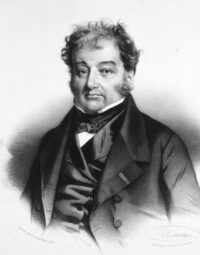
Jean Guillaume Auguste Lugol
Lugol’s iodine, commonly known as Lugol’s solution, is an iodine solution named after the French physician Jean Guillaume Auguste Lugol. It was first made in 1829. Lugol’s solution is widely used as an antiseptic and disinfectant or to treat thyrotoxicosis until surgery can be carried out. It is also used to protect the thyroid gland from radioactive iodine, to treat iodine deficiency and to disinfect drinking water in an emergency.
Lugol’s solution is commonly available in different potencies of (nominal) 1%, 2%, 3%, 5%, 7%, 10% or 15%.
Instructions
For lugol’s 1%, patients should take 1 drop/kg to a maximum of 40 drops (20 drops twice a day). Start 24 hours before mIBG injection then continue for 1-2 days for I-123 mIBG or 2-3 days for I131 mIBG.
| Lugol’s content per drop* | Iodine | Iodide | Total |
|---|---|---|---|
| 1% | 0.5 mg | 0.75 mg | 1.25 mg |
| 2% | 1.0 mg | 1.50 mg | 2.50 mg |
| 2.2% | 1.1 mg | 1.87 mg | 2.97 mg |
| 3% | 1.5 mg | 2.25 mg | 3.75 mg |
| 5% | 2.5 mg | 3.75 mg | 6.25 mg |
| 7% | 3.5 mg | 5.25 mg | 8.75 mg |
| 10% | 5.0 mg | 7.50 mg | 12.5 mg |
| 15% | 7.5 mg | 11.25 mg | 18.75 mg |
- * 1 Drop = 0.05 mL
Alternatives
☢️ Radiological and Nuclear Emergencies
Radioactive iodine may be discharged into the environment in some radiation events, such as nuclear power plant accidents, and enter the body by inhalation or ingestion. This is known as internal contamination. High quantities of radioactive iodine absorbed by the thyroid can raise the risk of thyroid cancer in newborns, children, and youths for many years following exposure.
Iodine Thyroid Blocking (ITB) should only be taken if public health or emergency response professionals, or a healthcare provider, instructs to. ITB has the potential to be damaging to one’s health. ITB is only useful for certain groups of people in specific circumstances.
Iodine Thyroid Blocking (ITB) should not be considered a stand-alone protective action. A comprehensive public protection strategy covering all urgent and early protective actions, as well as other response actions, including evacuation and sheltering, restriction on consuming contaminated food, milk and drinking water, should be developed as per the IAEA’s general safety requirements and its supporting safety guide.
The optimal period of administration of stable iodine is less than 24 hours prior to, and up to two hours after, the expected onset of exposure. It would still be reasonable to administer (ITB) up to eight hours after the estimated onset of exposure. However, starting with ITB later than 24 hours following exposure may yield more harm than benefit since it would prolong the biological half-life of radioactive iodine that has accumulated in the thyroid.
A single administration of stable iodine is usually sufficient. However, in the case of prolonged (beyond 24 hours) or repeated exposure, unavoidable ingestion of contaminated food and drinking water, and where evacuation is not feasible, repeated administration of stable may be necessary. Neonates, pregnant and breastfeeding women and older adults (over 60 years), should not receive repeated ITB.
🛑 WARNING
Iodine thyroid blocking (ITB) can be hazardous to one’s health and may induce allergic responses. When ITB is not taken exactly as advised by a physician or public health expert, the risk of harm increases.
Harmful health effects may include:
- Gastro-intestinal (stomach) upset, rashes, and inflammation of the salivary glands.
- Allergic reaction.
- The development of hypothyroidism in infants less than one month old who receive more than one dose of ITB.
- Severe illness or death in people who take more ITB than recommended (lethal adult dose of free iodine is 2 to 4 g).
📢 Disclaimer
The information provided in the form above is for educational purposes only. The website does not provide medical advice or other professional services. The information on this website is subject to change without notice, and does not necessarily represent the latest information. The readers of this website assume full responsibility for the use of any information provided.
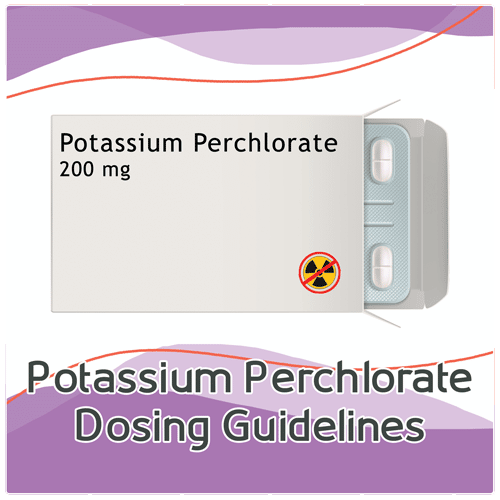
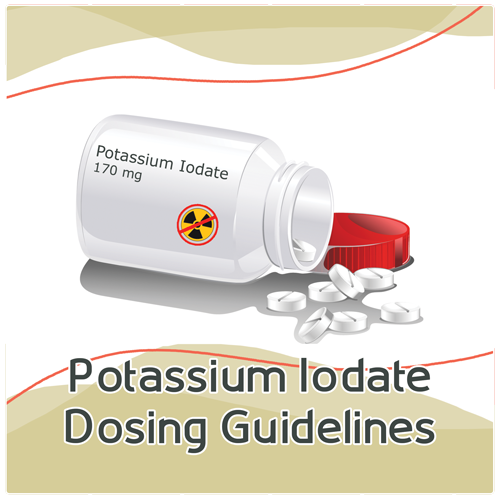
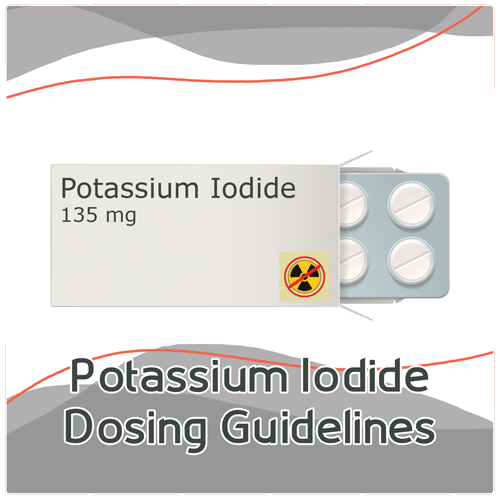

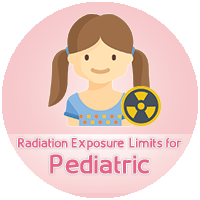
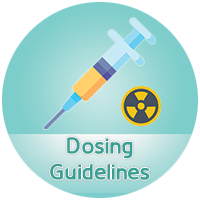
Leave a Reply